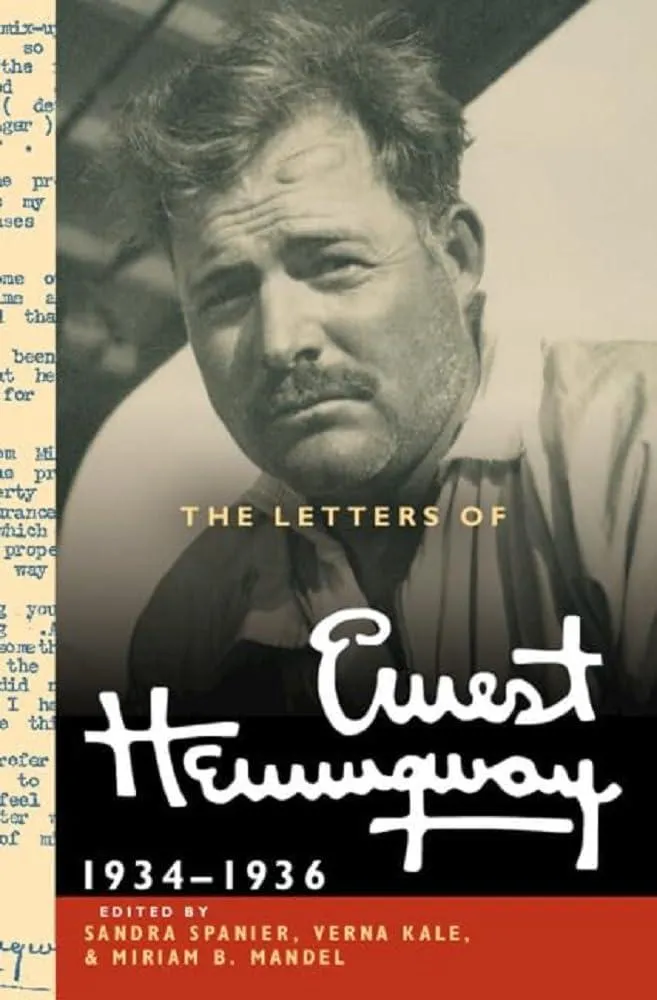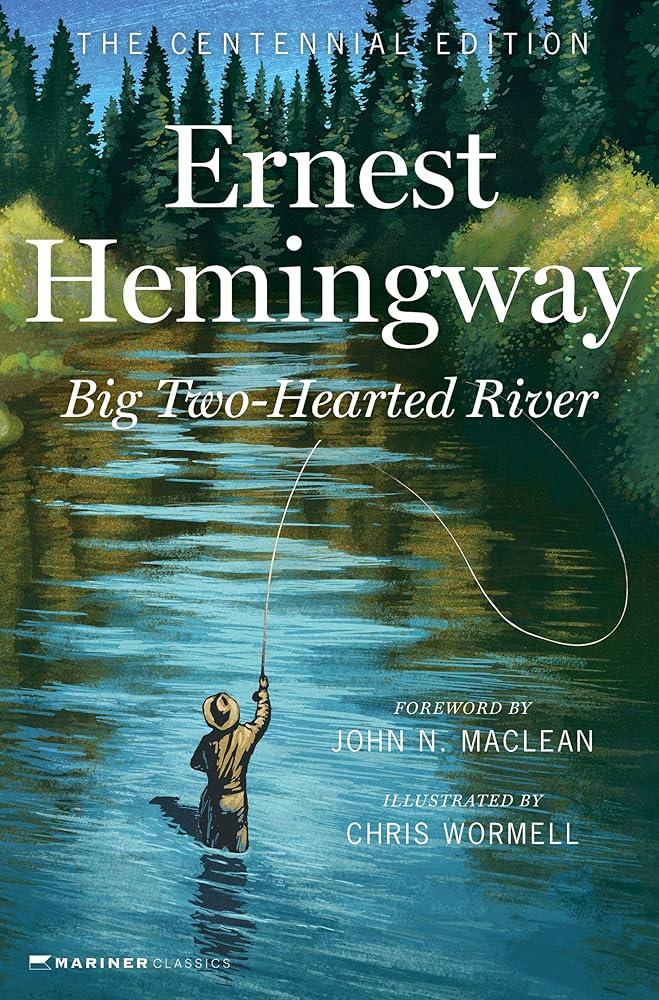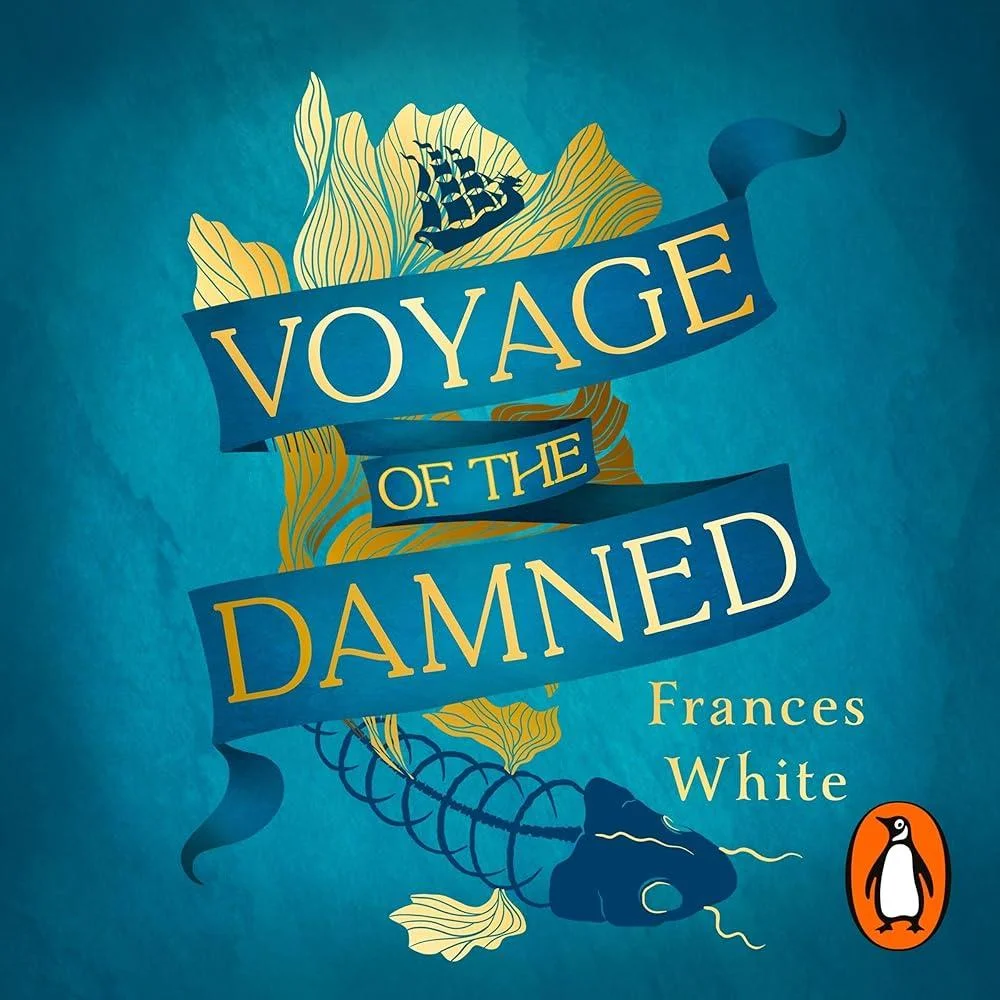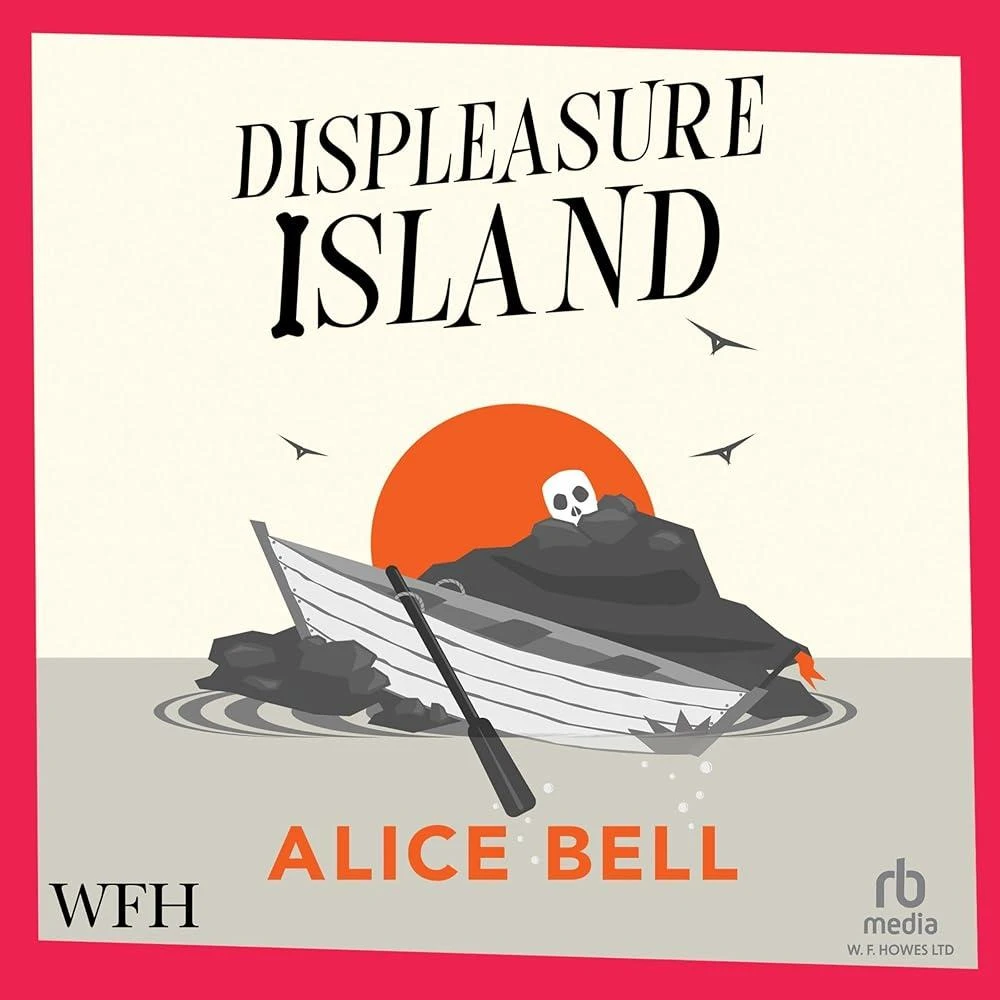
Hemingway's brilliant first novel is a poignant tale of love, loss, and the power to endure. In his unforgettable first novel, Hemingway artfully illuminates the plight of the Lost Generation, weaving a poignant tale of love and loss in the aftermath of World War I. The story follows two expatriates living in Paris in the 1920s: Jake Barnes, an American war veteran and journalist, and Lady Brett Ashley, an independent Englishwoman exploring the opportunities afforded by a new era of liberated women and sexual freedom. Impotent due to an injury suffered during the war, Jake must navigate his hopeless love for Brett in a changed world of waning morality. From Parisian society's vibrant nightlife to the ruthless bullfighting rings of Spain, The Sun Also Rises takes readers on a powerful journey through mass disillusionment, moral bankruptcy, and elusive could-have-beens. All the while, we see both the brokenness and resilience of a generation scarred physically and emotionally by the horrors of war.
Ernest Hemingway
Ernest Hemingway (1899-1961) was an American novelist, short story writer, and journalist known for his distinctive writing style and portrayal of masculinity. His most notable works include "The Old Man and the Sea," "A Farewell to Arms," and "The Sun Also Rises." Hemingway's writing is characterized by its spare prose, realistic dialogue, and emphasis on themes of war, love, and loss. He is credited with revolutionizing the modern American novel and influencing generations of writers with his minimalist approach to storytelling. "The Old Man and the Sea," a novella about an aging fisherman's struggle with a marlin, remains one of Hemingway's most famous and enduring works, winning him the Pulitzer Prize for Fiction in 1953 and solidifying his reputation as a literary giant.









